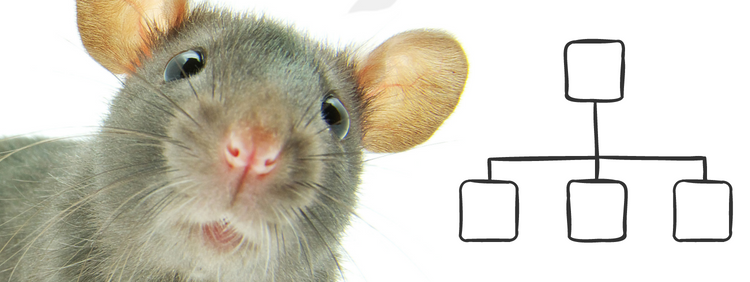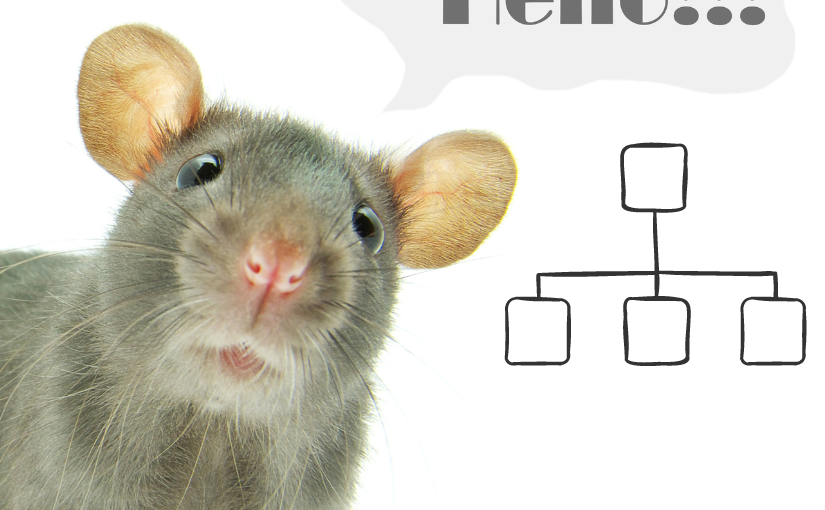
From the outside looking in, a rat colony might look like chaos. Despite the immediate appearance, experts of pest control in Toronto explain healthy colonies operate like families. Upon close inspection, you can notice a hierarchy or social structure within colonies similar to what wildlife experts see when studying wolves.
What Is a Social Hierarchy?
A social hierarchy refers to a social structure or organization. A government or military are two examples of human groups that have defined hierarchies. Some species have a social order of dominance in the animal kingdom, such as alphas, bettas, gammas, zetas, etc.
A healthy and large rat colony will present with a social structure, but it has little to do with aggression. The social construction of rat colonies is more about maintaining peace and order than it is competition.
What Are the Rats’ Positions in the Hierarchy?
Like wolf packs, rats’ social structure includes alphas, bettas, gammas, and zetas. Alpha rats are not always the largest, most aggressive, or most prone to fighting in the colony. Alphas have a certain demeanour, and confidence that helps maintain control within the colony. A good alpha rat steps in to relieve tension and stop fighting.
Beta rats are essentially the second in command in the colony. Most colonies will have between one and four betas. These rats are dominant and act it; however, they do not dominate the alpha rat.
Gamma rats sit below betas in the social hierarchy and maintain a go-along-to-get-along mentality. Gammas have a docile demeanour and help keep order in a healthy colony.
Zeta rats are the lowest social tier in a rat colony but are not always present. In an unhealthy colony, zetas may become outcasts, but in a healthy colony, timid rats usually socialize with gammas, avoiding bettas and alphas.
How Does Social Structure Get Disturbed in a Colony?
Rat removal can disturb the social hierarchy of a colony. If an alpha rat dies, is sick, or gets taken, the colony becomes stressed. Stressed rats become disorganized and may become aggressive with each other. Chaos can occur when any colony member dies or is removed. Also, adding a new member can cause disturbances in the colony.
Is Social Hierarchy Important for Rats?
Social hierarchy is important to rats. The animals thrive with social order. Rodent pest control experts explain that social hierarchy helps rodents understand their place in the colony. Hierarchy in colonies is like a hierarchy in human societies; it provides order and expectations.
However, rats do not need a hierarchy to survive, especially if there are only a few members in a colony. For example, you might own three pet rats. In such a small group, social structure is likely unnecessary. The larger the group gets, the more critical hierarchy becomes to the health of the group.
Rat colonies can explode if given enough time. According to some reports, a colony can reach as many as 15,000 members in a single year if left alone. One female is responsible for adding as many as 70 rats per year. Pups reach sexual maturity within five weeks of being born.
The rapid growth of colonies is why quick mitigation is so important. Contact a rat removal professional immediately if you suspect you have a rodent problem in your home.
If you see rats on your property or in your home, know that there is much more hiding. At the first sign of a rat, you should contact Truly Nolen Canada to schedule a property inspection. The company will send out qualified technicians to assess the problem and determine the best solution for you and your family. The Truly Nolen team is one of the best recognized in Canada.
